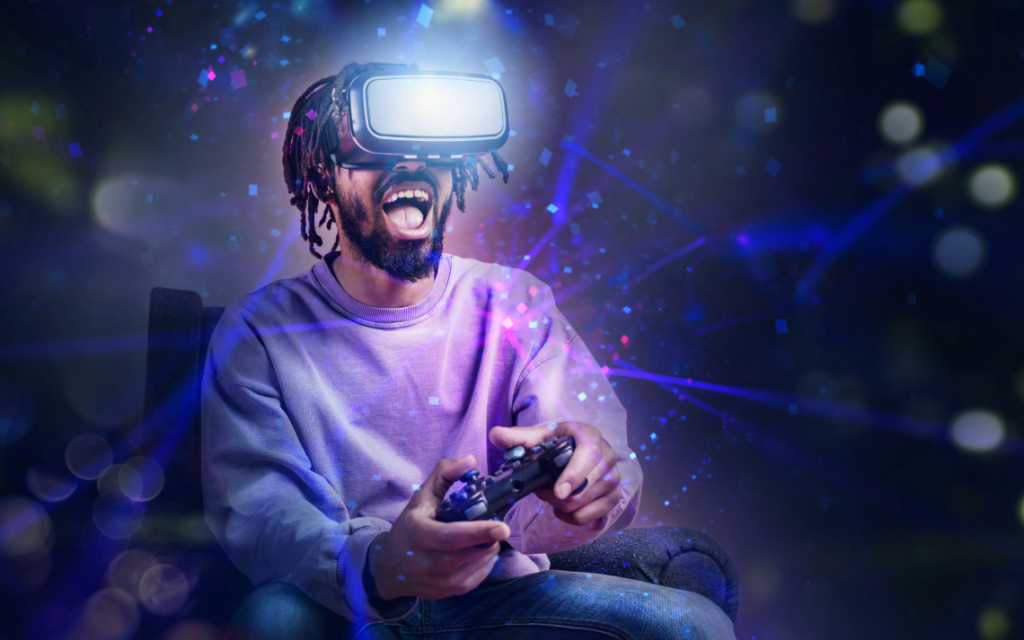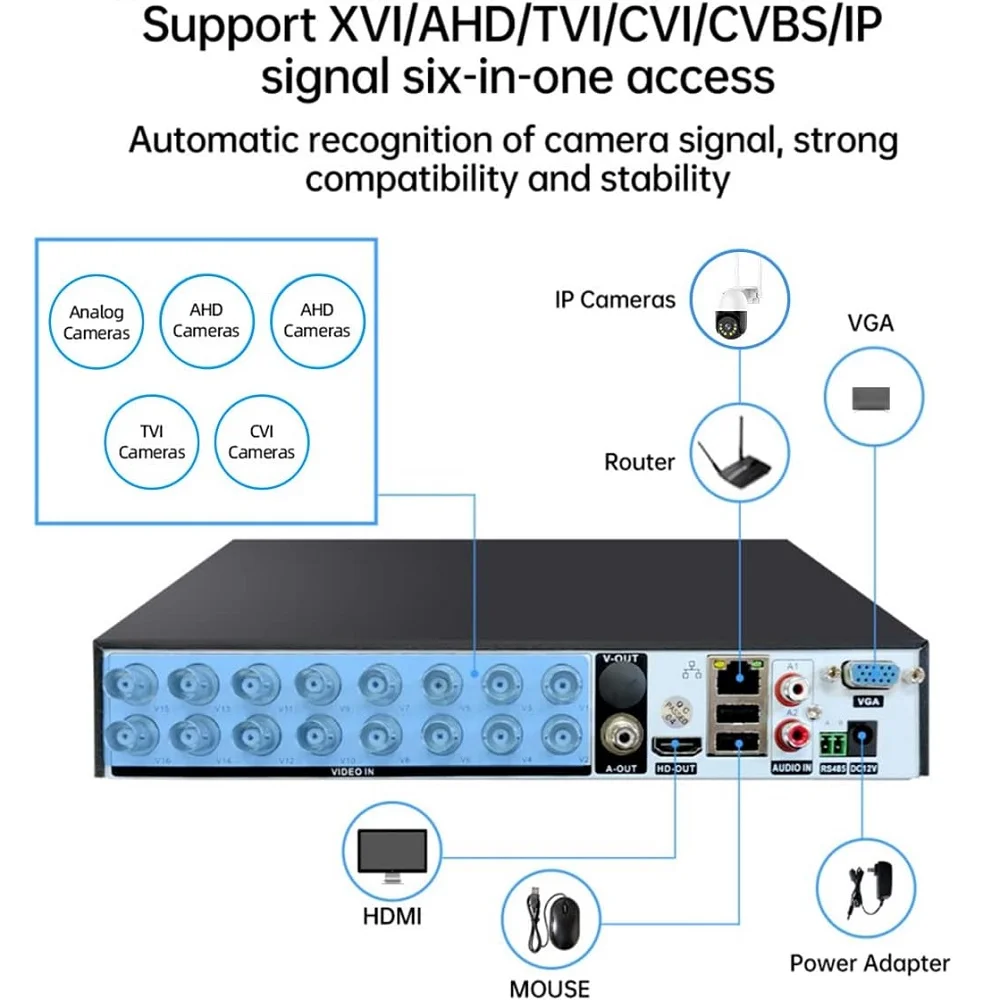The use of Virtual Reality (VR) and Augmented Reality (AR) in gaming has made that technological category a new frontier for the industry, where players are plunged into immersive and interactive gaming that was once only imagined through science fiction. This article will discuss the technical aspects of VR and AR, their incorporation into gaming, and the potential effects involved in the gaming industry, which will be of benefit to highly skilled experts in this field.
The Technical Foundation of VR and AR
VR and AR are both based on advanced means of setting up online environments and placing digital data in the digital world. VR is dependent on helmets with high-resolution displays as well as motion tracking systems to allow players to be in the virtual world fully. The main elements include stereoscopic displays, which give the impression of depth, and the sensors of the composition like accelerometers and gyroscopes that follow up all head and body movements on the go. The 3D engine for VR games must have high frame rates, usually reaching 90 FPS, to avoid the sensation of spinning and ensure the visual presentation of the object is smooth.
Certainly, AR is still able to overlay virtual information onto the real world, mainly using mobile devices or AR glasses. According to the Consegic Business Intelligence, the Global AR and VR Smart Glasses Market size is estimated to reach over USD 54,270.29 Million by 2031 from a value of USD 15,724.31 Million in 2023 and is projected to grow by USD 18,077.61 Million in 2024, growing at a CAGR of 16.7% from 2024 to 2031. AR applications take advantage of cameras and sensors to detect the environment pieces, which makes it possible for virtual objects to interact with real-world components without any interruption. The major role in AR is played by computer vision algorithms, which allow the device to identify surfaces, objects, and spatial orientation.
Integration of VR and AR in Game Development
The integration of VR and AR into game development involves several technical challenges and considerations. One of the main issues is latency and performance requirements. For VR the latency should not be longer than 20 milliseconds as that may result in some people feeling motion sickness, so a high-performing and low-latency rendering pipeline and an optimized code structure are necessary for the implementation of VR. Game engines such as Unity and Unreal Engine are popular platforms for developers over VR and AR, which include the library of input handling, physics, and rendering features needed for this school of development.
In AR, the work of developers is to make sure that the virtual objects that are rendered are pinned down accurately in the real world. This is made possible by tracking and mapping the environment correctly, which is usually done through the simultaneous localization and mapping (SLAM) method. If we analyze the SLAM procedures, they involve the continual remapping of the environment to keep everything up-to-date as well as to the track of the user placed on the AR device, thus providing the required stability and natural position of the virtual objects.
User interaction is another significant component of VR and AR game development. In VR, the natural and intuitive idea of interaction is a key factor for the revelation of the real world. One such implementation could be the players’ use of the game controllers for example hand tracking or even full-body tracking systems. In AR, very common control methods employed include touching and gestures, voice commands, and spatial interaction that allow the manipulation of virtual objects and moving through the environment augmented.
Impact on the Gaming Industry
The use of VR and AR in the gaming industry has changed the whole scene, it has taken game development and player engagement to higher levels by excluding the boundaries of reality and allowing them to explore the game at completely different levels. VR games have made it impossible for people to not feel included as they have been designed such that people can undertake first-person perspectives in different scenarios, among other features. The existing landscape has been remodeled with new genres and gameplay, for example, VR escape rooms, immersive storytelling experiences, and physical fitness games that there are unusual sports, like different movements and exercises which even kids could not think of.
Perfect examples of AR games, such as Pokémon GO, have brought the virtual world to the real world, and have nudged people to go out of their comfort zones and adventure in the physical world, this will also eventually result in the development of cultures in the communities. These crossover experiences of digital and physical realities have led to the birth of various social and community-based gaming events in which players both collaborate and compete in augmented spaces.
The influence of VR and AR perceptibly radiates not only in the field of entertainment. The use of VR and AR as easily movable powerful training and simulation tools and platforms is seen in many industries like the military, aviation, healthcare, and education. In the game sector, this has been turned into a more realistic and detailed simulation, the players have been provided with educational stuff as well as experiences that are way beyond the traditional concepts of gaming.
Challenges and Future Directions
Over time, VR and AR have continued to register remarkable growth although they have faced several challenges that are not exclusive and therefore need brainstormed solutions to allow their full capacities realized. One of the main problems here is the great money expense and the factor of availability of VR kits. At present, VR headsets and gaming computers of good quality tend to be expensive and this is the factor that narrows down their popularity among the end-users. Nevertheless, the developments in standalone VR headsets like the Oculus Quest and the rest that have integrated capabilities but exclude any external hardware requirements have made VR cheaper and more reachable to the masses.

Seeing that one of the difficulties of AR is to blend the real world and the virtual world seamlessly. AR pendant experiences of the current state of technology might find their way limited by the very slow processing power as well as the extremely low battery life of smartphones. AR in the form of glasses, like AR glasses, is a technology that is on the rise, and it will surely make the user’s experience more engaging with the AR content, however, other issues like miniaturization, display quality, and user comfort are still to be resolved.
In the coming period, the merger of VR and AR that happens with other fresh developments is a place where we can imagine a lot of flourishing. Consequently, 5G networks will soon demonstrate capacities like faster and much more reliable streaming of VR and AR content, abolition of latency, and the enhancement of the general experience by way of their integration. AI and machine learning progressions in the game industry will lead to game developers including these virtual worlds, making them more elaborate and more adaptive.
Conclusion
VR and Augmented Reality are redefining the mode of the game industry by allowing gamers to be in an environment that is not only immersive but interactive and beyond the conventional way of play. The avoidance of the problems of VR and AR can only be done through complicated hardware and software systems that produce a smooth and responsive environment. These technologies are indeed difficult to incorporate into game design, nonetheless, the developers open new horizons for creativity and better interaction. Just as is the case with other technologies, VR and AR will revolutionize the gamer’s world as well as other fields through the creation of more exciting and engaging experiences for players and professionals.





Be First to Comment